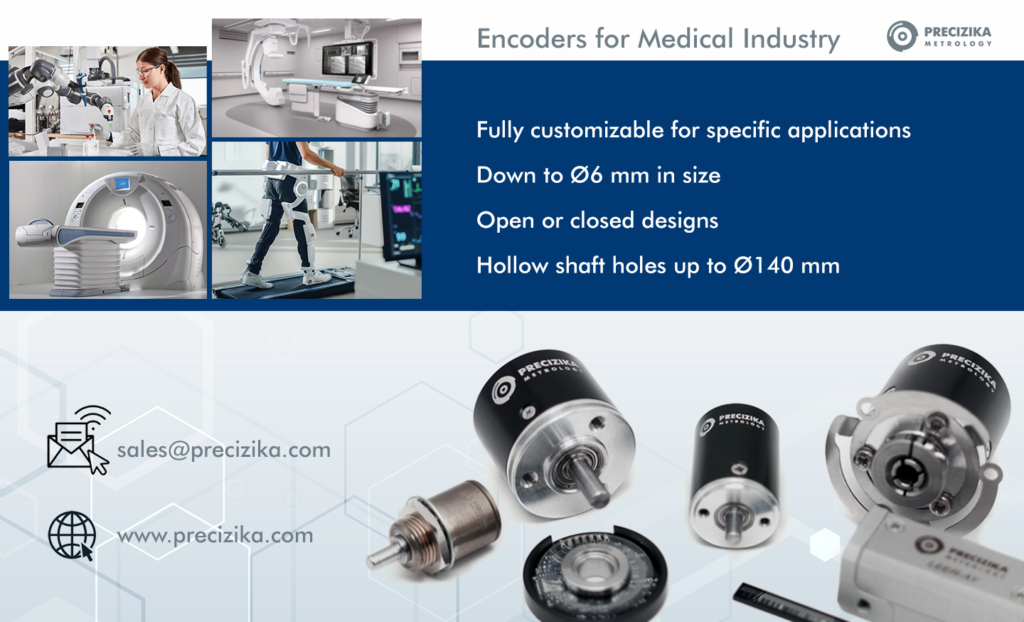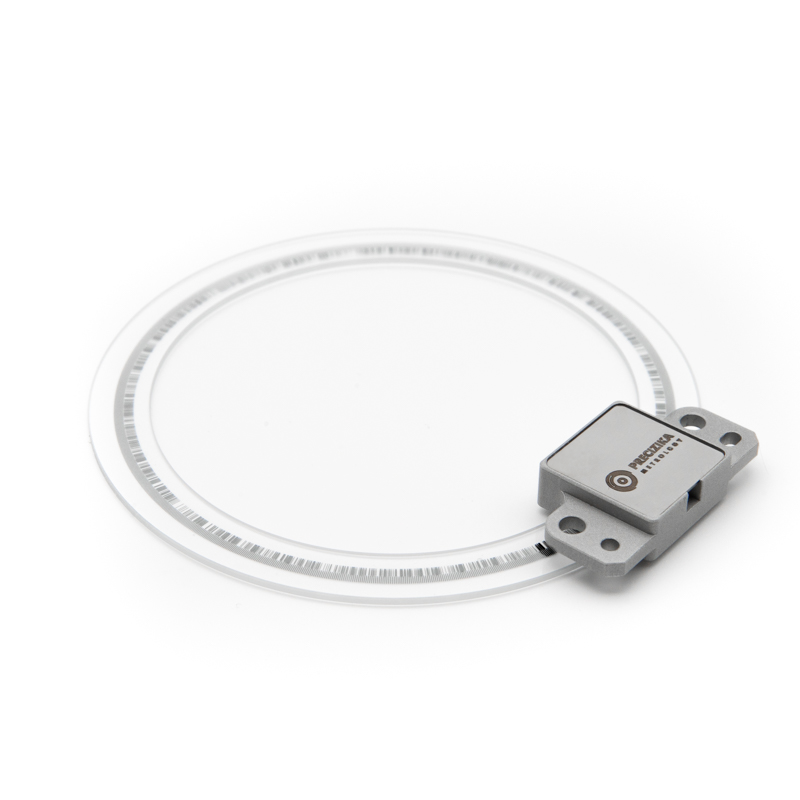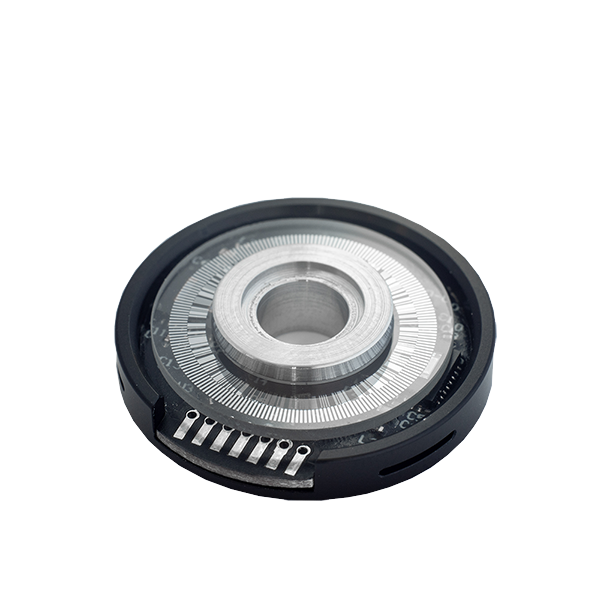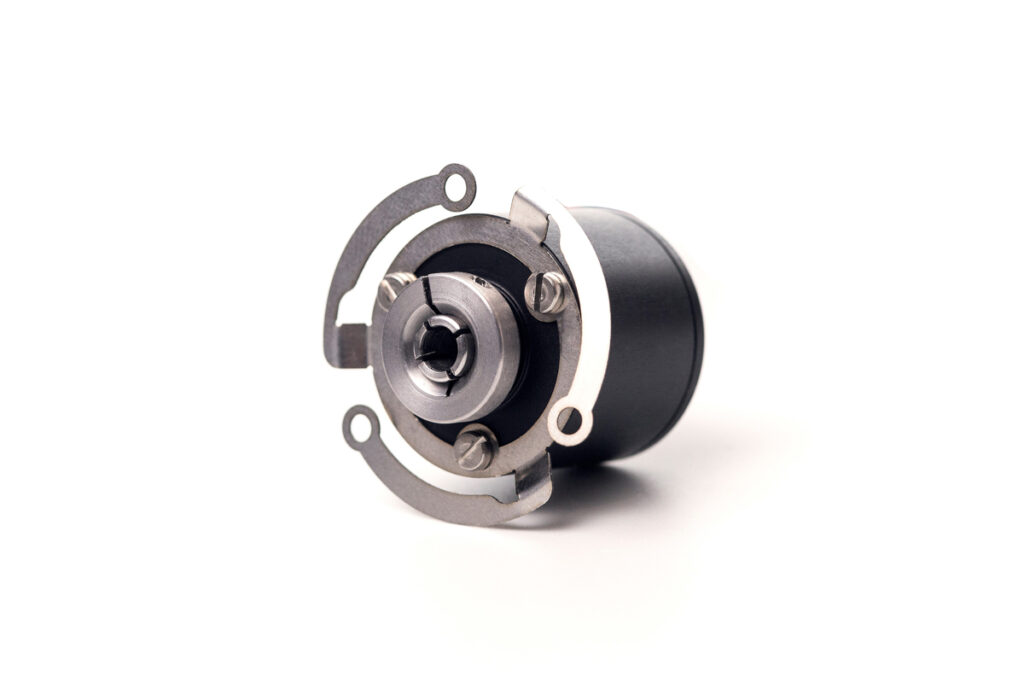In the rapidly evolving landscape of healthcare technology, one key player often overlooked is the encoder—a sophisticated component that plays a crucial role in the functionality and precision of medical equipment. This article delves into the significance of encoders in the realm of medical devices, shedding light on their applications, benefits, and the transformative impact they have on patient care and diagnostics.
Applications in Diagnostic Imaging: One of the primary areas where encoders shine is in diagnostic imaging equipment. Whether it’s an MRI machine, CT scanner, or X-ray system, encoders contribute to the precise positioning of components, such as gantries and detectors. This precision is paramount in obtaining high-quality images for accurate diagnoses, reducing the margin of error, and ultimately improving patient outcomes.
Enhancing Robotic Surgical Systems: Robotic surgical systems have revolutionized the field of surgery, offering increased precision and minimally invasive procedures. Encoders play a vital role in the articulation and movement of robotic arms, providing surgeons with real-time feedback and control. This level of precision is particularly critical in delicate procedures, enabling surgeons to perform intricate maneuvers with confidence and accuracy.
Encoders are important in the functionality and performance of exoskeletons, contributing to their precision, responsiveness, and overall effectiveness. In the realm of exoskeleton technology, encoders are employed to accurately measure joint angles and monitor limb movements in real-time. These devices translate the mechanical actions of the user into digital signals, providing essential data for the exoskeleton’s control system. By continuously monitoring joint positions, encoders enable the exoskeleton to adapt dynamically to the user’s motion, ensuring seamless interaction between the wearer and the robotic assistance. This capability is particularly important for tasks that require fine motor skills, balance, and coordination, such as walking, lifting, or performing delicate maneuvers. The use of encoders in exoskeletons enhances user experience, safety, and the overall efficiency of human-machine collaboration, making them invaluable tools for applications ranging from rehabilitation to industrial augmentation.
In the realm of spectroscopy, encoders play a pivotal role in enhancing the precision and reliability of spectrographs, devices used for analyzing the spectral characteristics of light. Spectrographs are essential tools in scientific research, astronomy, and various analytical applications. Encoders are integrated into the mechanical components of spectrographs, such as the grating or prism positioning systems, to provide accurate feedback on their angular displacement. This feedback is crucial for determining the precise wavelength or frequency of light being analyzed. By incorporating encoders, spectrographs can achieve high-resolution spectral measurements, ensuring that researchers and astronomers can accurately identify and study the distinct spectral lines or features associated with different materials and celestial objects. The use of encoders in spectrographs contributes to the advancement of scientific knowledge and facilitates precise analysis in fields ranging from chemistry and physics to astronomy and environmental monitoring.
Please do not hesitate to contact us with more information about your specific application and our R&D will offer how we can be of service: sales@precizika.com




